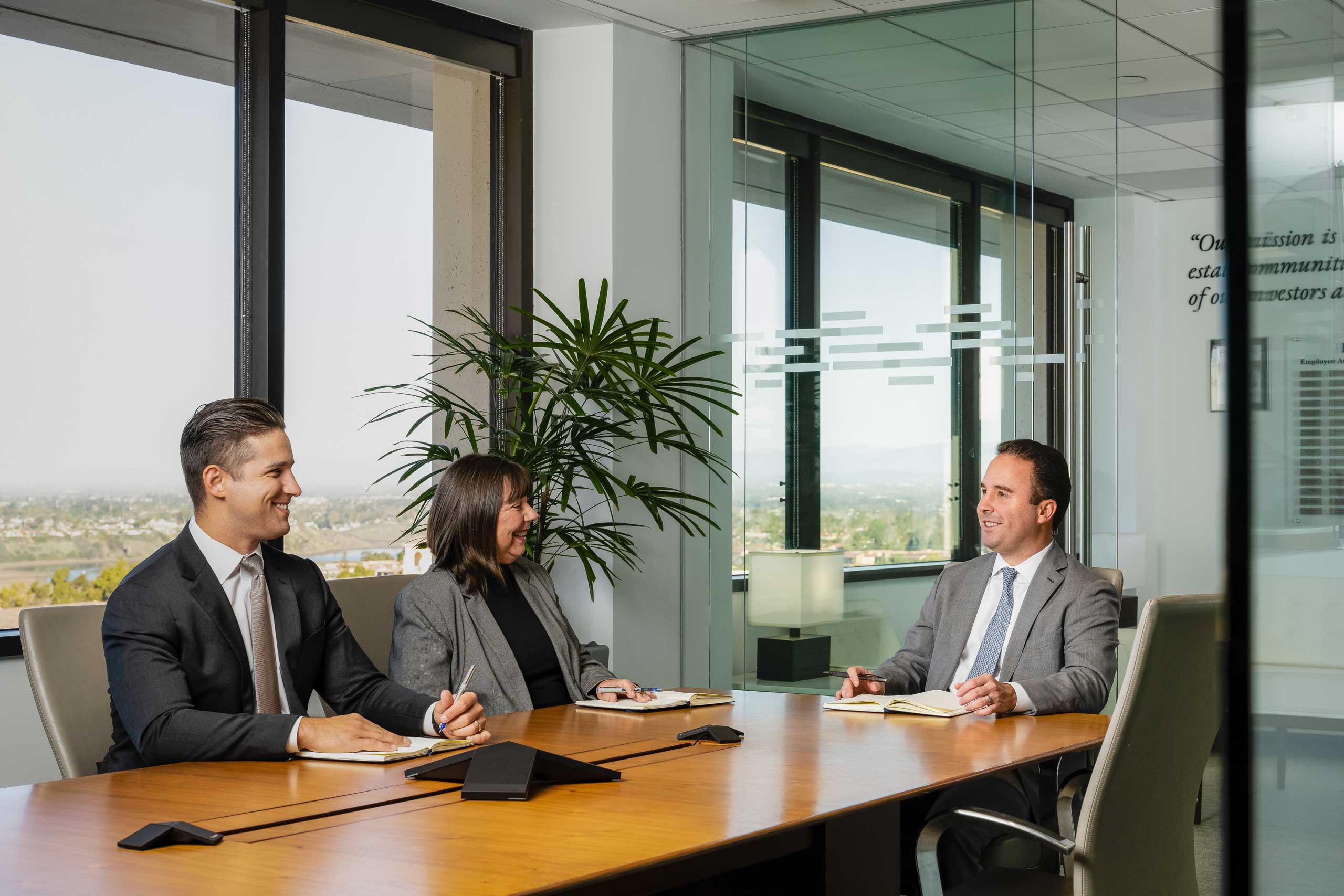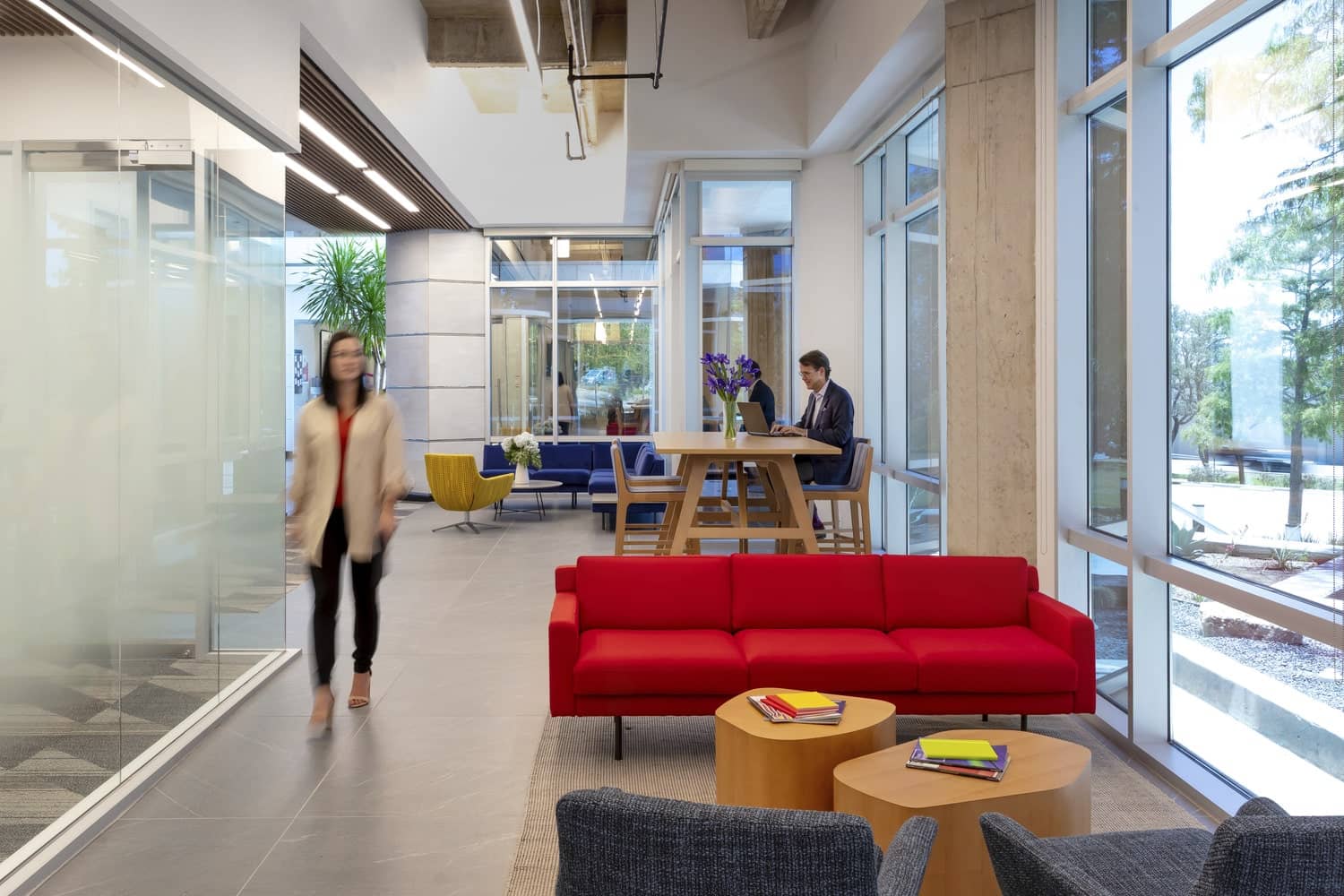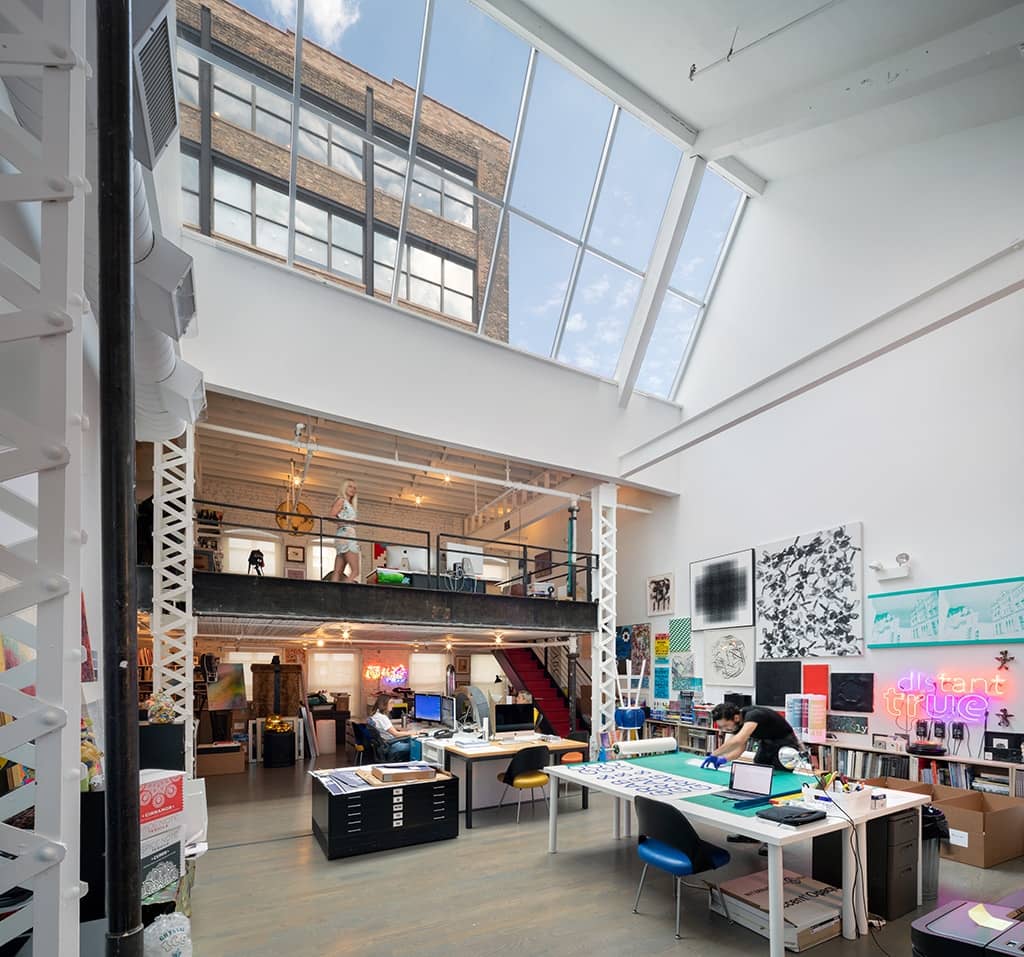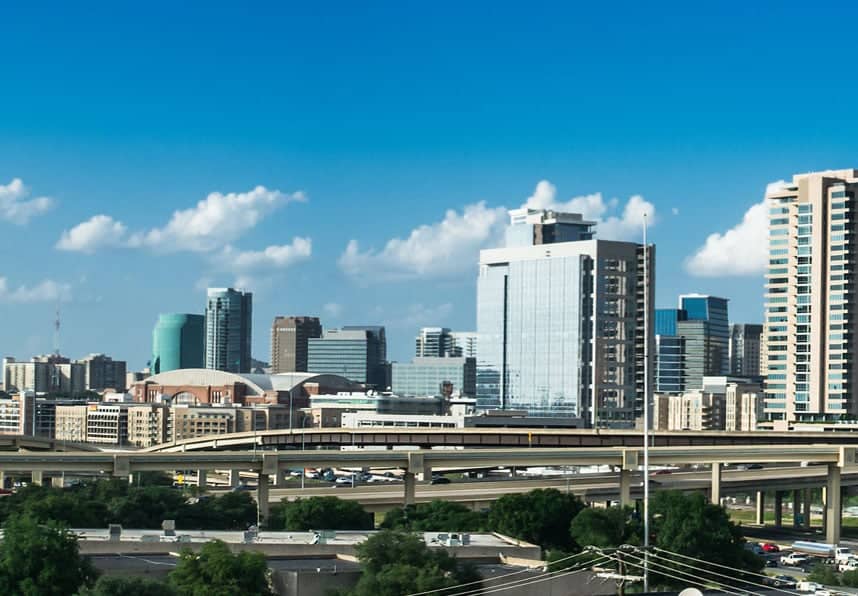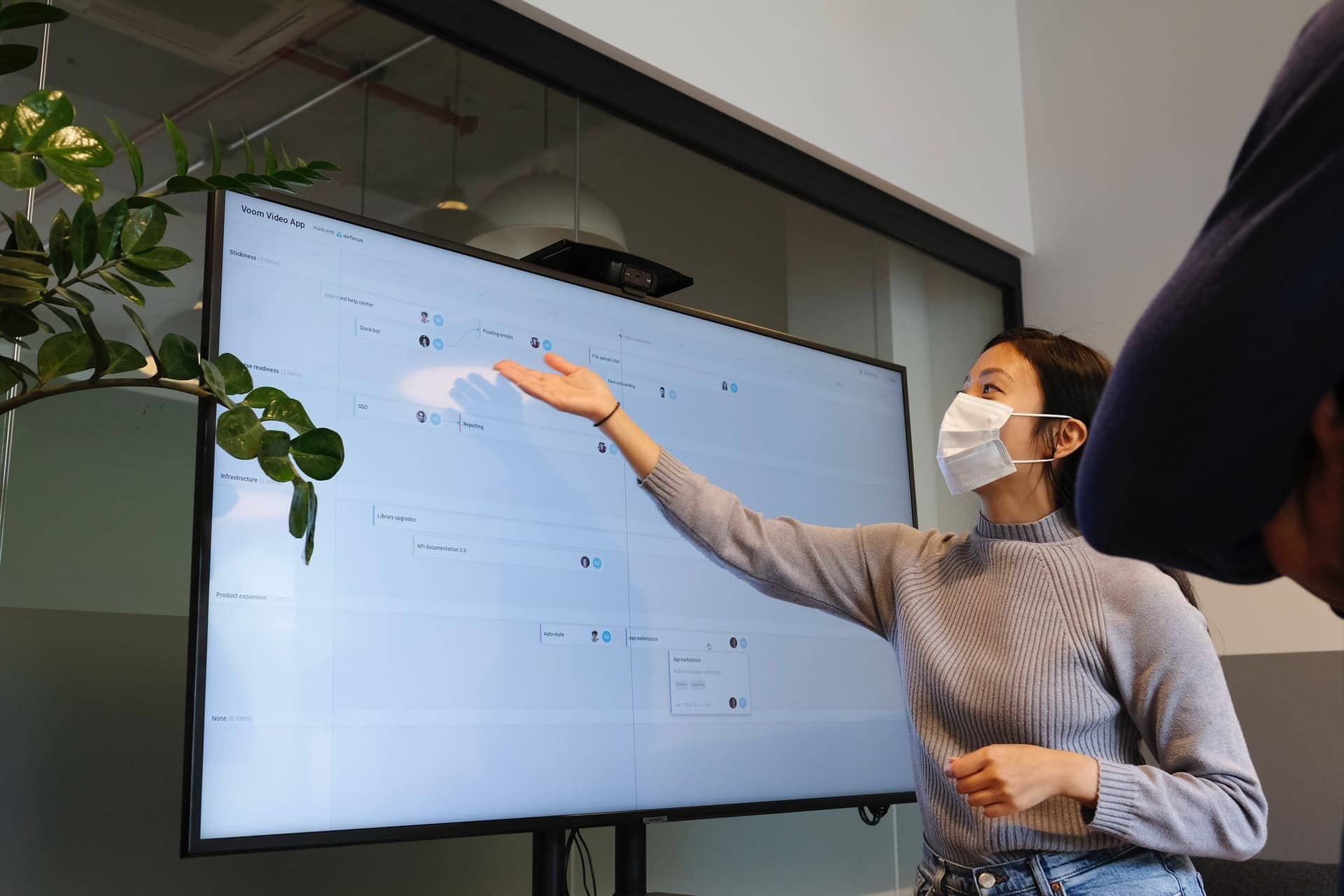Historically, CRE has categorized office markets as either CBD or Suburban. How have these definitions changed as the office market continues its post-pandemic evolution?
Although office markets have been redefining themselves since before the pandemic, the crisis accelerated the pace at which the redefinition is taking place. KBS has a 30-year history of investing in the top 25 markets in the country, and this list is continually evolving.
The pandemic recovery has been marked by wide regional differences across the country. For example, many urban markets were hit especially hard by COVID and are now taking longer to recover. Due to this, a percentage of office users in these markets have moved to what has traditionally been thought of as secondary markets like Austin (which in many ways is becoming a primary market itself), Nashville, Charlotte, Raleigh, and Salt Lake City. KBS has several Class A properties in these markets, including:
- 515 Congress and SouthTech Business Center in Austin
- Carillon and Crossroads Distribution Center in Charlotte
- Bank of America Tower and Park Central Apartments in Raleigh
- Salt Lake Hardware Building, Millrock Park and Second + State in Salt Lake City
- UBS Tower in Nashville
These markets, which are positioned to grow and thrive, are attracting companies seeking walkable environments that are less dense than most primary-market CBDs post-COVID.
Whether a market is urban or suburban, top-quality amenities are equally important. The era of the “plain vanilla” office building without compelling amenities has long been over, which is why KBS focuses on office amenities that are state-of-the-art and customized to each property in our client portfolio. In markets with heavy bike traffic, for instance, we’ve provided cyclists with storage areas for their bikes, plus shower facilities to freshen up after their ride.
What distinguishes office markets that are “in between” CBD and suburban? What would you call these markets? Where are they located? What factors are driving their growth?
We’re seeing many first-ring suburbs just outside of the CBD growing in prominence. There are several commonly used terms for these markets; however, we think of them as suburban/urban nodes since they bridge the gap geographically and functionally between both submarkets. A distinguishing feature of an urban node is transportation options — typically with light rail stations and intersecting freeways that provide people with easy ingress and egress. The West End of Minneapolis, near downtown Minneapolis, where you’ll find 60 South Sixth, a property in our client portfolio, is a good example of this, as is Preston Center in Dallas, where both Preston Commons and Sterling Plaza, other KBS-owned properties are located.
While the dust hasn’t fully settled on how COVID will impact the office sector long term, companies are increasingly attracted to these first-ring suburbs because they are close to the CBD and residential areas, overall occupancy costs are often more affordable than the urban core, and they tend to offer public transportation as well as adequate parking options and a multitude of dining, shopping, and entertainment options attractive to employees of all ages. Also, properties in these submarkets increasingly feature high-end amenities that rival those of urban office properties.
What opportunities do these urban node markets present for office owners and tenants?
Many of these urban node markets offer owners and tenants the opportunity to appeal to the next generation of office workers who want the energy and vibrance that more dense environments often provide, as well as millennial workers who are no longer 25 and are interested in living in less dense areas to raise their children. These in-between markets, like the Pearl Brewery area adjacent to downtown San Antonio, Sugar House near downtown Salt Lake City, the Cherry Creek neighborhood of Denver, and the Knox/Henderson neighborhood of Dallas each offer the best of both urban and suburban worlds and cater to these demographic groups and will be in demand over the next 20 years.
Everyone is hoping to put the pandemic behind them and return to the workplace, and these urban nodes are providing this opportunity. KBS is constantly evaluating all markets for opportunities that align with our investment strategy and our portfolio of premier properties.
As CRE evolves, what might the industry expect to see in these redefined office markets? What short or long-term trends might emerge?
Move-in ready spec suites are becoming increasingly popular in these redefined office markets. As companies look to bring their teams back to the office — something that most office workers want as well — demand for spec suites is at an all-time high. Spec suites provide tenants with turnkey solutions for getting their businesses back up and running without the hassle of a long buildout that can often run into hiccups due to supply-chain difficulties, permitting process slowdowns, or otherwise. While there may still be uncertainty about some companies’ long-term plans, these suites provide answers and allow firms to move ahead quickly. Many companies are using spec suites as ancillary workspaces to prepare for more permanent space use in the future.
We expect continued demand for amenities like spacious collaboration/conference centers, and on-site fitness centers to continue. Additionally, environmentally conscious property features such as energy-efficient systems, WiredScore certifications and biophilia will elevate the user experience as companies move from fully remote schedules to hybrid or in-office. KBS recently announced that it has successfully completed the verification of more than 14 million square feet of Class A office space in its client portfolio to achieve the UL Verified Healthy Building Mark for Indoor Air. This verification is one of the many ways the firm shows its determination to offer tenants and visitors a top tier working environment while being mindful of the planet’s wellbeing.
Regardless of whether they are located in the CBD, the suburbs, or a submarket in between the two, well-located, well-managed and well-amenitized buildings will continue to attract office tenants in the post-pandemic era and beyond.
To learn more about multifamily and other commercial real estate, visit KBS.com/Insights.
